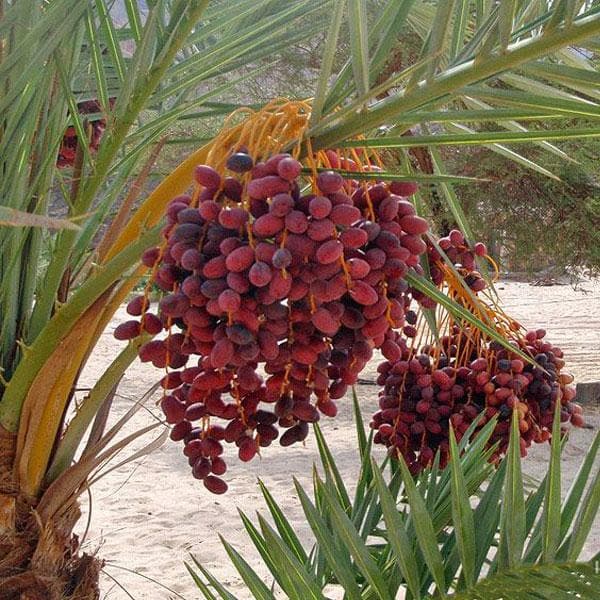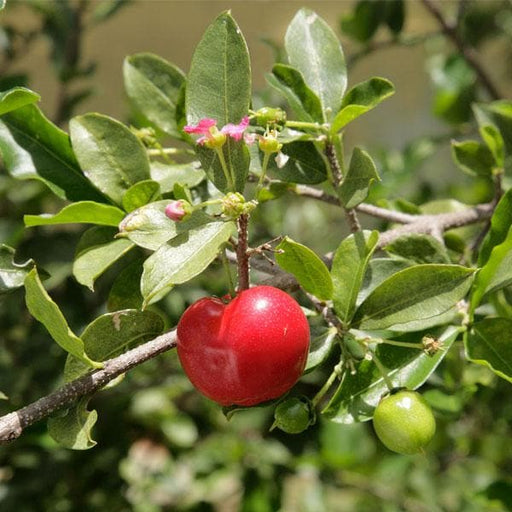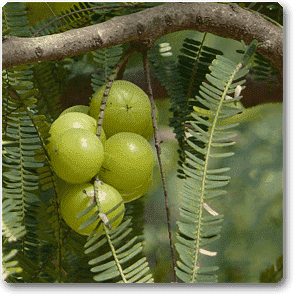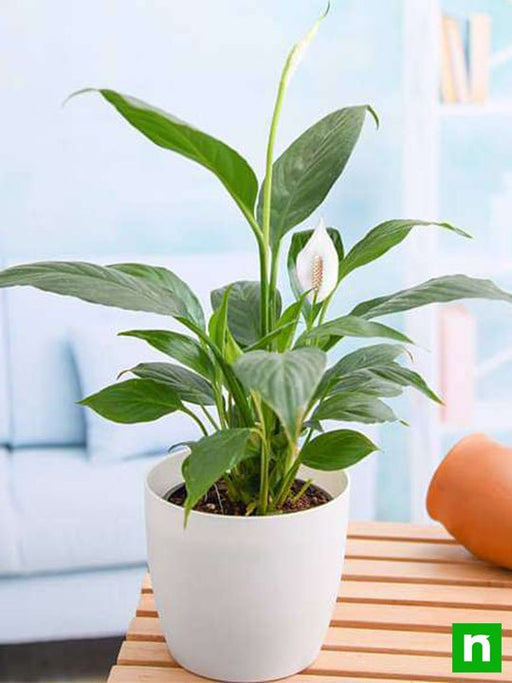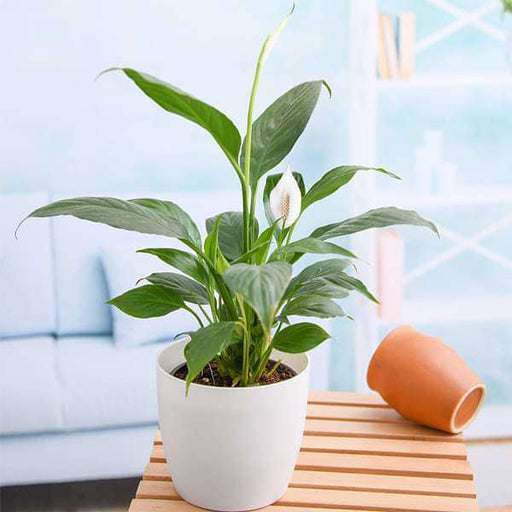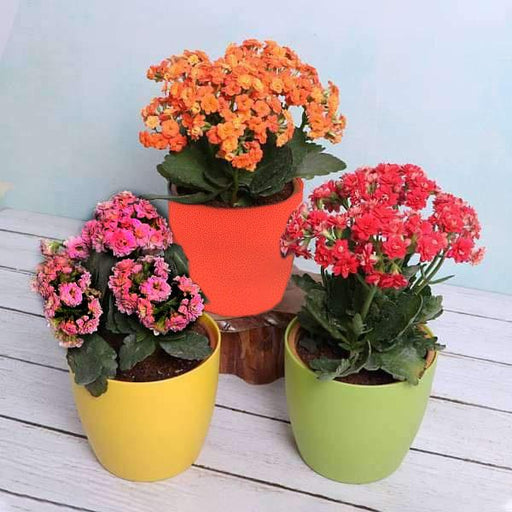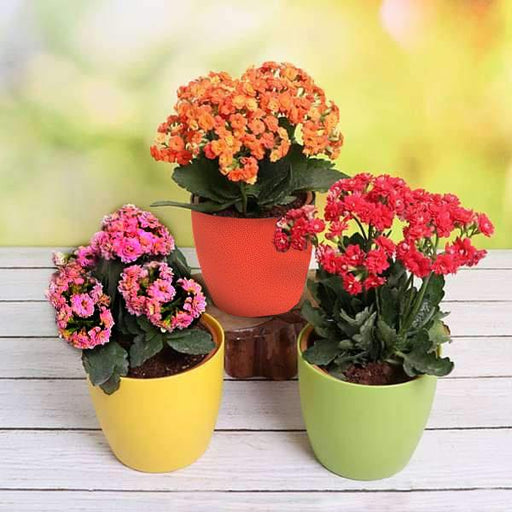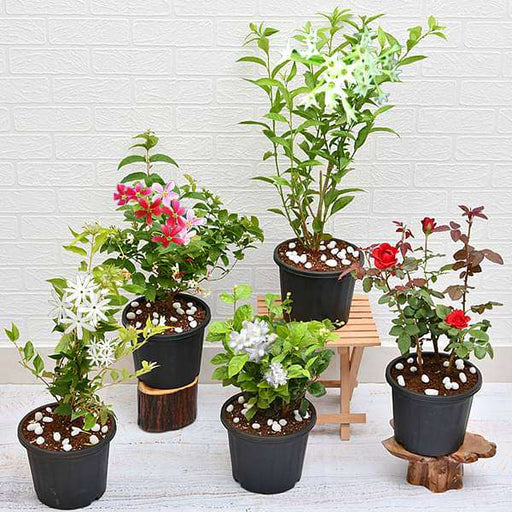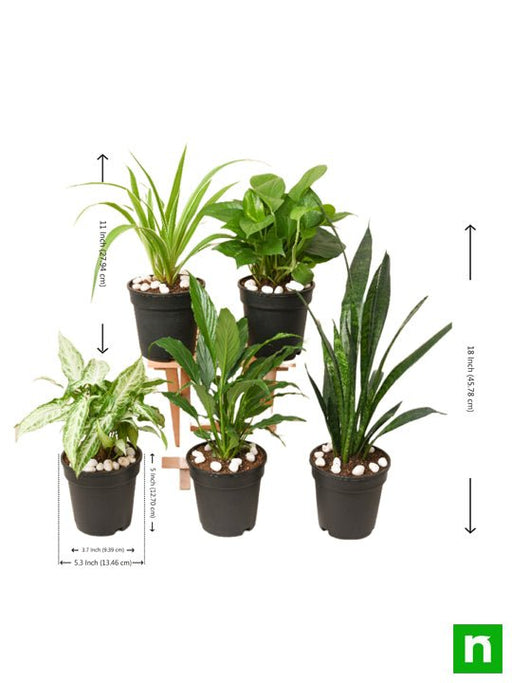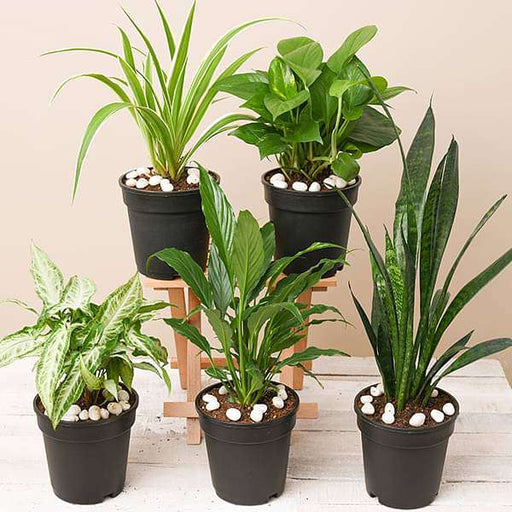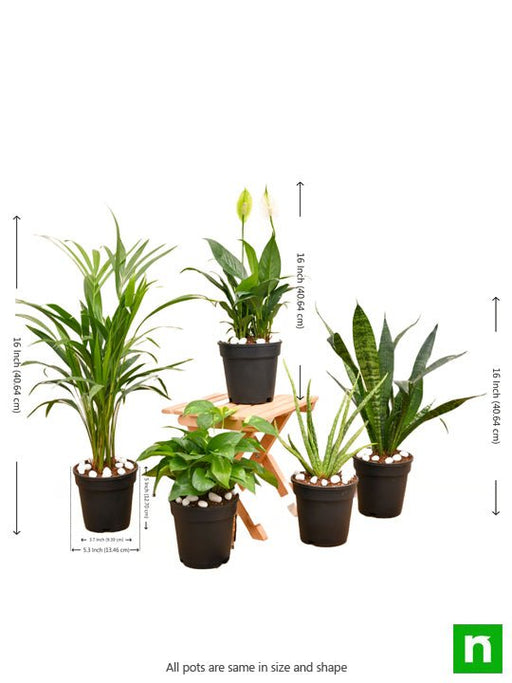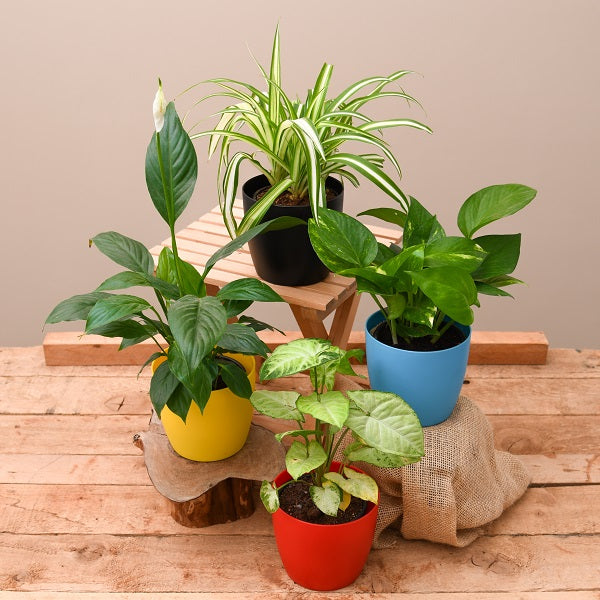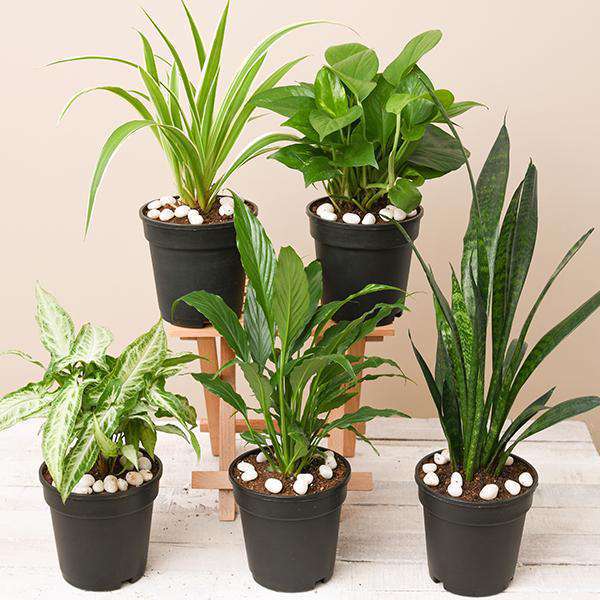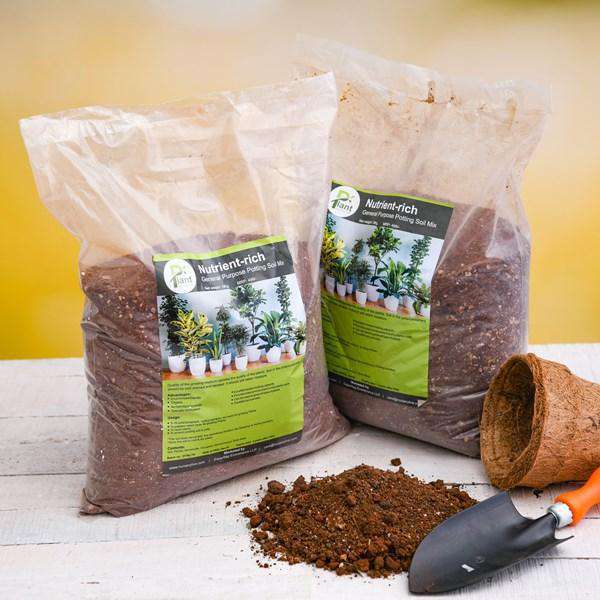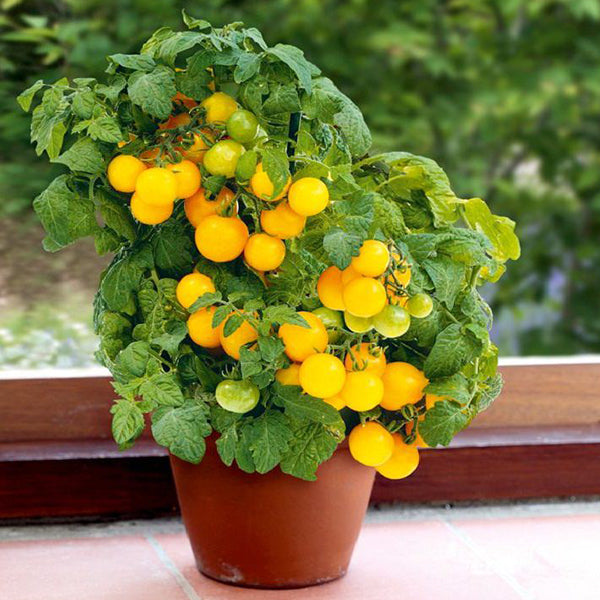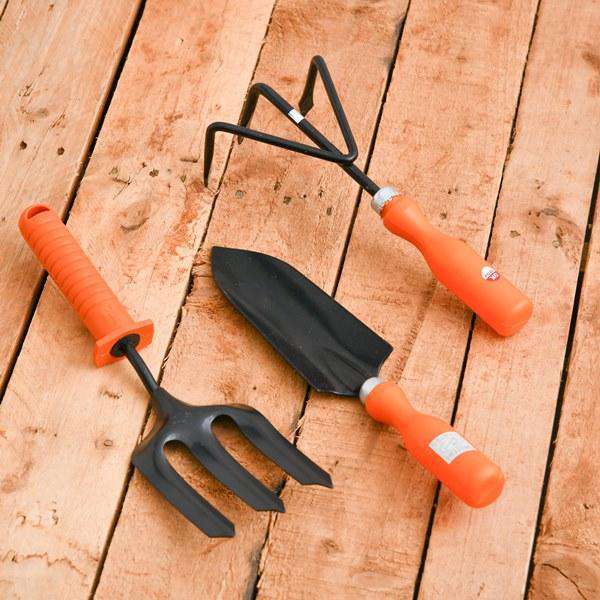Description
Desert date is a spiny shrub or tree, widely distributed in dry land areas of Africa and South Asia.
Desert Date is a thorn tree growing up to 30 ft tall, with a generally narrow form. The branches are thorny. The dark green compound leaves are made up of two leathery leaflets which are variable in size and shape. Leaf-stalk is channeled, 0.5-2 cm with a short rachis.
Leaflets are entire, generally up to 6 cm long, 4 cm broad, although can be smaller (1-3 x 0.3-1.5 cm). Greenish stalkless flowers are borne in few-flowered fascicles. Flower buds are ovoid and velvety. Individual flowers are 8-14 mm in diameter and generally greenish-yellow. Flower-stalks are densely greyish, velvety and rarely reaching 1 cm in length. Fruit is ellipsoid, up to 4 cm long, green. Ripe fruit is brown or pale brown with a brittle coat enclosing a brown or brown-green sticky pulp and a hard stone seed. The name Balanites come from the Greek for acorn, referring to the fruit. This speices is probably native to Egypt and is globally distributed from Tropical Africa to India and Myanmar. Within India, it is found throughout the drier parts from Punjab to West Bengal, Rajasthan and Peninsular India.
Plant Specifications
*above specification are indicative only. actual dimensions may vary by +-10%
| Common Name |
Balanites aegyptiaca Del. (Zygophyllaceae),Desert Date, Egyptian myrobalan, heglig, Jericho balsam, simple thorned torch tree, simple-thorned torchwood, soap berry tree, hingot, hingan, hingan-ka-per, ingudi, hingor, ingala, ingalarade, ingalare,namunta, nanchunta, hingalbet, hingam,tapasadruma, angaravrksa,hinguputra,nanchundan, nancuntan, gara, gara-chettu, hingot, Balanites aegyptiaca (L.) Delile Balanites aegyptiaca |
| Maximum Reachable Height |
upto 30 feet |
| Flower Colour |
Purple |
| Bloom Time |
Seasonal bloomer |
| Difficulty Level |
easy to grow |
Planting and care
not much care is needed. can survive in hot temperature.
Desert Date care
After a good rain, find a spot that is the first to dry out. Water trapped beneath the scales may rot the bulb, so a well-drained site is essential. Also, select a site that gets full sun. For dependable blooms, lilies need six to eight hours of direct sunlight a day.
| Sunlight |
Full sun |
| Watering |
Dry to medium |
| Soil |
well-drained soil |
| Temperature |
20 to 30 degree celsius |
| Fertilizer |
Apply any organic fertilizer |
Desert Date special feature
Where winter hardy, this plant is effectively grown as a hedge, windbreak or screen. Foundations. Borde Lawn specimen. Large containers near patios or along driveways. Xeriscape plant.
Desert Date uses
Ornamental Use:
- The plant is used for ornamental purpose
- Its generally kep indoor in living room and in terrac area
Medicinal Use:
- The fruits have been used in the treatment of liver and spleen diseases
- The fruit Desert Date is known to kill the snails which carry schistosomiasis and bilharzia flukes
- The roots are used for abdominal pains and as a purgative
- Gum from the wood is mixed with maize meal porridge to treat chest problems
- The fruit can cure mouth ulcer, whooping cough, sleeping sickness and skin diseases
- Fruit kernel has been found as a mild laxative, an antidote to arrow poison, and also acts as a vermifuge
